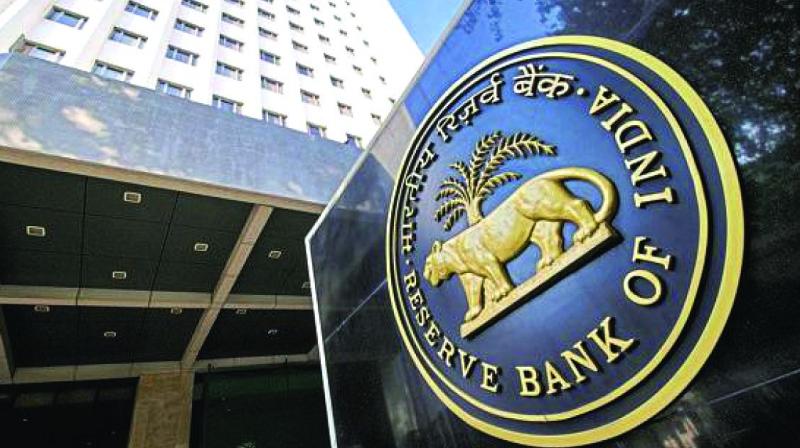RBI cuts repo rate for 3rd time by 25 bps
Rate hits 9-year low, RBI hints at more rate cuts.

Mumbai: In line with market expectations, the Monetary Policy Committee (MPC) of the Reserve Bank of India (RBI), in its second bi-monthly monetary policy review for the fiscal, on Thursday, cut the benchmark repo rate by 25 basis points and changed its stance to “accommodative” from “neutral”.
The repo rate is the rate at which banks borrow money from the RBI in case of a shortage of funds and is one of the main tools of the RBI to keep inflation under control.
Speaking to reporters at the policy press conference, RBI Governor Shaktikanta Das explained, “The stance has been changed to accommodative. An accomodative stance means that rate hikes are (now) off the table.”
All the six members of the MPC voted in favour of a rate cut as well as change in policy stance. Consequently, the repo rate now stands at 5.75 per cent, the lowest since September 2010. This is the third rate cut by the RBI since February and takes the cumulative reduction in the ongoing rate easing cycle to 75 basis points. One basis point is one hundredth of a percentage point. GDP and inflation forecast: The RBI again cut its GDP growth forecast for the current fiscal (FY20) by 20 bps to 7 per cent — pegged at 6.4-6.7 per cent in fiscal first half (H1) and 7.2-7.5 per cent in the second half (H2) — owing to weak investment activity, weak global demand and moderation in private consumption. In the last two policies, the RBI has cut its growth forecast by 40 bps.
The central bank raised its inflation projection marginally to 3.0-3.1 per cent year–on–year (YoY) from 2.9-3 per cent in H1 FY20 and lowered it to 3.4-3.7 per cent from 3.5-3.8 per cent in H2 FY20. However there are risks related to monsoon, vegetable prices, crude oil, geopolitical tensions, financial market volatility and the fiscal scenario, the RBI said.
So will your loans become cheaper?
According to experts, the rate reductions and the accommodative stance, along with liquidity injections from the RBI, will help banks to lower their lending rates. While the past repo rate cuts from the RBI have partially been transmitted by banks to new borrowers, for the old borrowers, the rates have rather gone up. According to the statement, the transmission of the cumulative reduction of 50 basis points in the repo rate in February and April policy was 21 bps on new loans. However, for old borrowers, the lending rate increased by 4 basis points as the past loans continue to be priced at high rates. SBI has cut its marginal cost of funds based lending rate (MCLR), by a mere 10 basis points in response to the 50 bps rate reductions by the RBI in February and April. MCLR is the minimum interest rate that a bank will charge on the loan and it directly impacts one’s EMIs.

